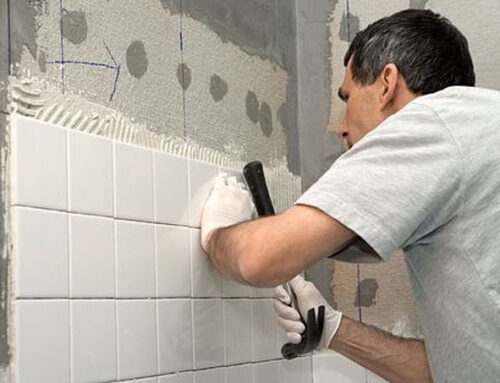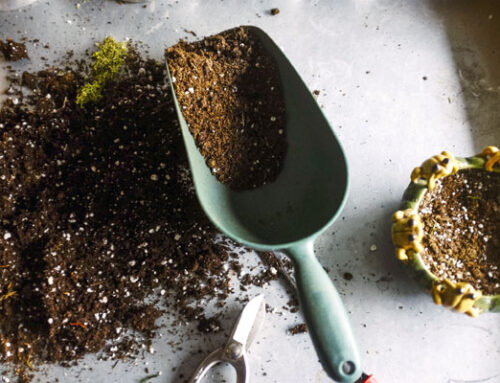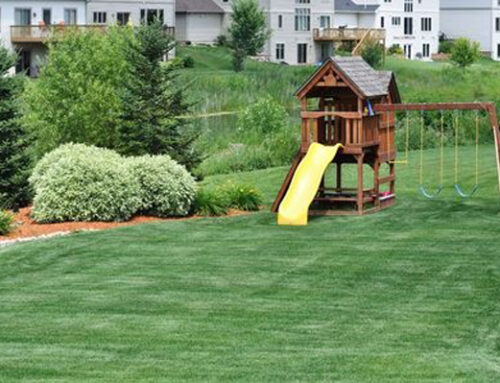According to pest experts, moving into a new home doesn’t always mean it’s uninhabited. If a home has been vacant for a while, there’s a good chance that insects and/or other pests may have taken up residence themselves. Also, the acts of moving in/out provide ample opportunities for all sorts of critters to find their way in. Think about it: doors are propped open for hours at a time, things are carried in and out, and items are often left outside and untended until they’re moved to their new location. If you’d like to reduce the odds of an insect infestation in your new home (and who wouldn’t?) here are a few simple steps to follow:
- Be careful where you acquire packing materials : In an attempt to save money, many movers will look to grocery stores and other major retailers to try and get free boxes. The problem with this is that you don’t know where these boxes came from, or how long they’ve been sitting around. Cockroaches, for example, love to eat the glue used in the construction of cardboard boxes and are highly likely to be found in ones acquired at grocery stores and warehouses.
- Watch what you eat: Your meals, when moving, will likely consist of fast food and take out. Be very careful not to leave the trash out, as the leftovers from the meal will act as a beacon which lures pests from insects to mice. When possible, try to dispose of your garbage away from your home.
- Don’t store items in packing materials: As mentioned above, pests love packing materials. Anything you plan to store in the home should therefore be kept in plastic bins with tight-fitting lids as opposed to cardboard boxes. Even if you only plan to keep the boxes around for a day or two, it’s often in your best interest to unpack them and be rid of the boxes immediately. You’ll have plenty of time to find a place for things once you’re moved in.
Moving is a lot of work, but doing it smartly can greatly decrease the headache involved and help keep your new home free of any unwanted guests.
































